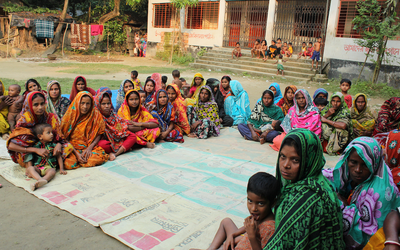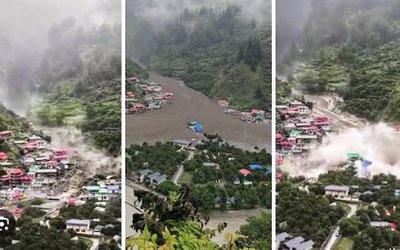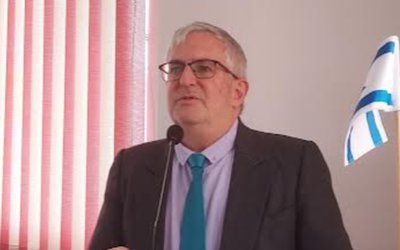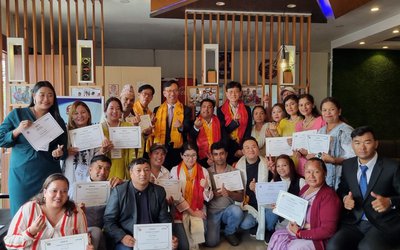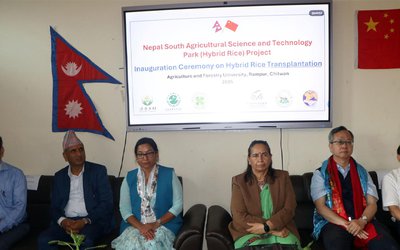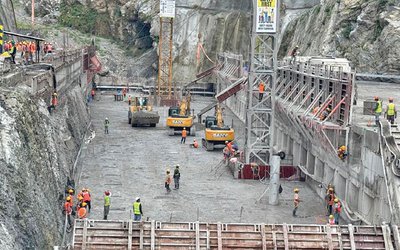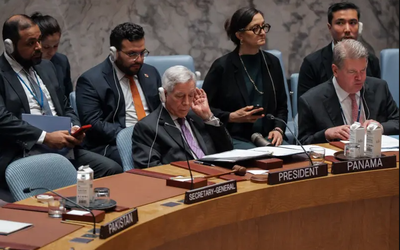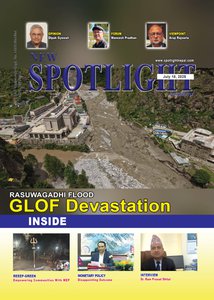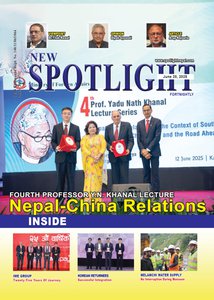In a world increasingly framed as a battle between “good” democracies and “bad” autocracies, where does a small country like Nepal really fit in?
As a young Nepali, I often hear this simplistic division presented as the defining global struggle of our times. Given Nepal’s hard-fought democratic transition, shedding monarchy and embracing people’s voice, it’s tempting to accept this narrative without question.
Yet, when I look around Nepal today, the reality is far more complex. We proudly wave the flag of democracy, enjoying elections, a constitution born from the people, and freedoms my parents’ generation could only dream of. But alongside these gains, many of us see political instability that feels like a never-ending soap opera. We watch leaders more absorbed in power-sharing deals than delivering development or opportunities. We witness corruption slowly eroding the foundations of the state we’re trying to build.
So, when global powers frame everything as a clash between democracy and autocracy, I ask: is this framework truly useful for us here in Nepal?
The truth is, the world isn’t so simple. For Nepal, nestled between two giants with vastly different political systems, democratic India and communist China, our reality demands a more nuanced approach. Our national interest, sovereignty, and urgent need for economic progress must guide us first.
Should Nepal blindly align based on political ideology alone? If an “autocratic” neighbor offers vital infrastructure development that can lift thousands out of poverty, should we refuse it on principle, even if “democratic” partners move slower or offer aid laden with conditions? Conversely, do we turn a blind eye to undemocratic behavior by a “democratic” ally when it suits their geopolitical aims but not ours? Young Nepalis are pragmatic. We’ve witnessed ideological battles leave our country bruised. What we want is good governance, jobs, quality education, and a future where we don’t have to leave Nepal to find success. If democracy is to truly mean something, it must deliver these things. It must be more than a label — it must be a lived reality of progress and accountability.
Perhaps the real “battle” for us isn’t choosing a side in a global ideological contest. Instead, it is the internal struggle to make our democracy function — to make it resilient, responsive, and truly serve its people. If we build a strong, stable, and prosperous Nepal, we become a more compelling example of democratic success than any rhetoric ever could.
So, while the democracy versus autocracy narrative makes for dramatic headlines, Nepalese need leaders who navigate the complex global stage with clear-eyed pragmatism, always prioritizing Nepal’s unique needs. We must engage with the world on our terms, seeking partnerships that genuinely benefit our nation, regardless of the political labels those partners wear. Our future depends not on picking sides in someone else’s game but on building a winning strategy for Nepal itself.
- Climate Migration In Madhesh: Does Survival Mean Leaving Home?
- Jul 30, 2025
- Nepal's Migrant Workers in Gulf Crises: Caught in the Crossfire
- Jun 28, 2025
- Nepal’s Geo-strategic Superpower: What If We Took Geography Seriously?
- May 03, 2025
- Beyond Policy: The Unfinished Fight For Women's Empowerment In Nepal
- Mar 12, 2025
- The Hidden Plight: Children In Agriculture And The Looming Shadow Of Hazardous Labor
- Jan 27, 2025

